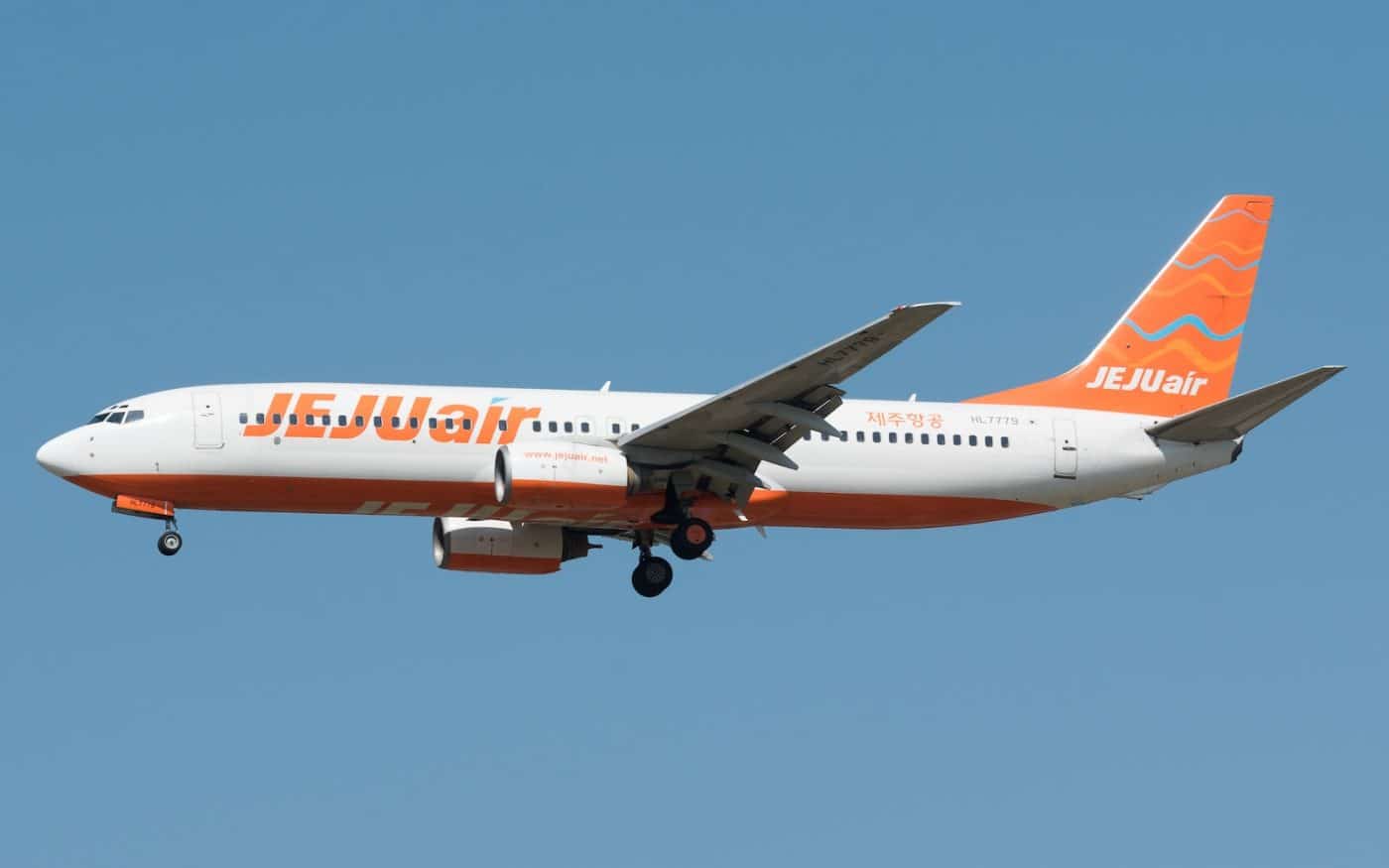South Korea to Revamp Airport Safety Measures

South Korea is taking significant steps to enhance airport safety following a tragic plane crash that claimed the lives of 179 people in December. The incident, which marked the deadliest aviation disaster in the nation’s history, has prompted a thorough review of safety protocols and infrastructure at airports across the country. In response, the government plans to replace concrete barriers used for navigation at nine airports and adapt runway safety areas at seven others. This article delves into the details of these changes and the ongoing investigation into the crash.
Investigation and Immediate Response
The devastating crash involved a Jeju Air flight returning from Thailand. The aircraft made an emergency landing at Muan International Airport but tragically exploded after colliding with a concrete barrier at the end of the runway. The exact cause of the crash remains under investigation, but experts have suggested that the concrete structure played a significant role in the high casualty rate.
Following the incident, South Korea’s transport ministry conducted a comprehensive review of airport safety measures. They identified nine airports that utilize similar concrete barriers, which house a navigation system known as a localiser. This system assists aircraft in landing safely. The ministry has announced plans to either replace these concrete bases with lighter materials or bury them underground to minimize risks. Muan International Airport will see its existing concrete mounds removed entirely, with the localiser being reinstalled using breakable structures.
This proactive approach aims to prevent future tragedies and ensure that safety protocols are up to date. The investigation revealed that the operating manual for Muan International Airport had previously indicated that the concrete embankment was too close to the runway’s end, highlighting a critical oversight in airport safety management.
Enhancing Runway Safety Areas
In addition to addressing the concrete barriers, South Korea is also focusing on improving runway safety areas at seven airports. These areas are crucial for limiting damage to aircraft in the event of overshooting, undershooting, or veering off the runway. The investigation found that many of these safety areas were shorter than the recommended length of 240 meters (787 feet). For instance, the runway safety area at Muan Airport was only about 200 meters long.
The government is committed to expanding these safety zones to meet international standards. This initiative is vital for ensuring that aircraft have adequate space to recover in emergencies. The tragic loss of 179 lives has underscored the importance of these safety measures. Among the victims were passengers aged between three and 78, with the majority in their 40s, 50s, and 60s. Only two cabin crew members survived the crash, further emphasizing the need for improved safety protocols.
Ongoing Investigations and Future Measures
As investigations continue, authorities are working to uncover the precise cause of the crash. Preliminary reports indicated that the pilot had warned of a potential bird strike before attempting to land. However, the aircraft crashed during its second landing attempt when the landing gear failed to deploy. Alarmingly, flight data and cockpit voice recorders ceased recording just four minutes before the disaster, complicating the investigation.
The government is under pressure to ensure that such a tragedy does not occur again. Experts have pointed out that obstacles near runways should be designed to be frangible, meaning they should break upon impact to reduce the risk of catastrophic damage. This principle will guide the redesign of the navigation barriers at the identified airports.
Observer Voice is the one stop site for National, International news, Sports, Editor’s Choice, Art/culture contents, Quotes and much more. We also cover historical contents. Historical contents includes World History, Indian History, and what happened today. The website also covers Entertainment across the India and World.

